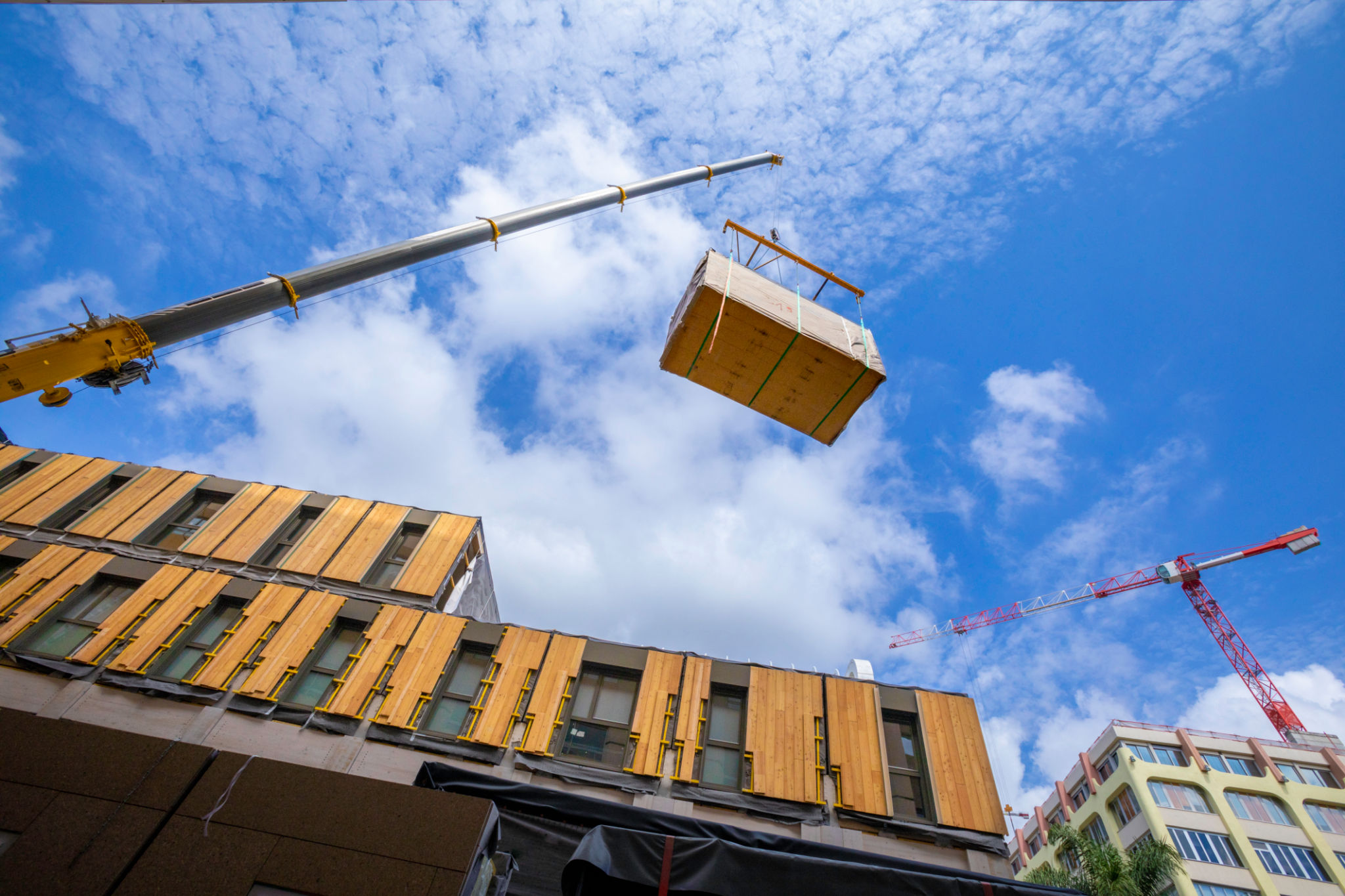Top Trends in Residential Construction for Eco-Friendly Homes
Introduction to Eco-Friendly Construction Trends
The demand for eco-friendly homes has surged as more homeowners prioritize sustainability and energy efficiency. This shift is transforming the residential construction industry, leading to innovative practices and the adoption of sustainable materials. In this blog post, we explore the top trends shaping eco-friendly home construction today.
Use of Sustainable Building Materials
Sustainable building materials have become a cornerstone of eco-friendly construction. Builders are increasingly opting for materials that are renewable, recycled, or have a lower environmental impact. Some popular choices include bamboo, reclaimed wood, recycled steel, and precast concrete. These materials not only reduce the carbon footprint but also enhance the durability and aesthetics of homes.

Benefits of Bamboo and Reclaimed Wood
Bamboo is a fast-growing plant that regenerates quickly, making it an excellent choice for flooring and cabinetry. Reclaimed wood, on the other hand, offers a rustic charm while reducing the need for new lumber production. Both materials contribute to a decrease in deforestation and promote sustainable forestry practices.
Energy-Efficient Design and Technologies
Incorporating energy-efficient design elements and technologies is another trend gaining traction in eco-friendly home construction. Homeowners are increasingly interested in reducing their energy consumption and utility bills through innovative solutions.

Smart Home Systems and Appliances
Smart home systems allow homeowners to optimize their energy use by automating lighting, heating, and cooling systems. Energy-efficient appliances, such as LED lighting and ENERGY STAR-rated devices, further contribute to reducing energy consumption. These technologies not only lower utility costs but also enhance comfort and convenience.
Green Roofs and Living Walls
Green roofs and living walls are becoming popular features in sustainable homes. These elements not only add aesthetic appeal but also offer environmental benefits. A green roof is covered with vegetation that helps insulate the building, reducing heating and cooling needs. Living walls, or vertical gardens, improve air quality and provide natural insulation.

Environmental Advantages
Both green roofs and living walls contribute to biodiversity by providing habitats for various species. They also help manage stormwater runoff, reducing the risk of flooding in urban areas. These features are excellent choices for homeowners looking to create eco-friendly spaces while connecting with nature.
Water Conservation Practices
Water conservation is an essential aspect of eco-friendly home construction. Builders are incorporating systems that minimize water use and promote efficient water management. Rainwater harvesting systems, low-flow fixtures, and greywater recycling systems are becoming standard in sustainable homes.
Rainwater harvesting systems collect rainwater from rooftops for use in irrigation or plumbing. Low-flow fixtures reduce water usage without compromising performance. Greywater recycling systems reuse water from sinks and showers for landscaping purposes.
The Future of Eco-Friendly Homes
The future of residential construction lies in sustainable practices that prioritize environmental stewardship. As more homeowners embrace eco-friendly living, we can expect continued innovation in materials, design, and technology. By adopting these trends, we can build homes that are not only beautiful and functional but also kind to our planet.
